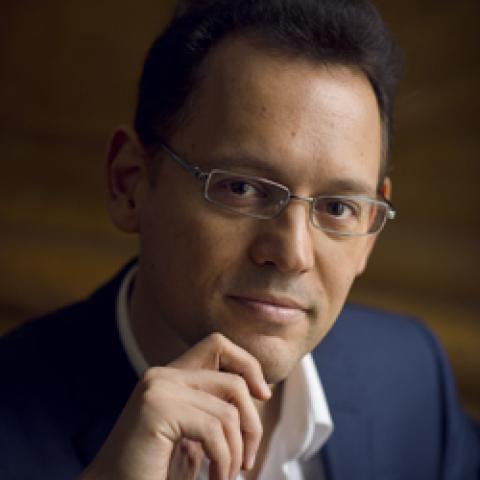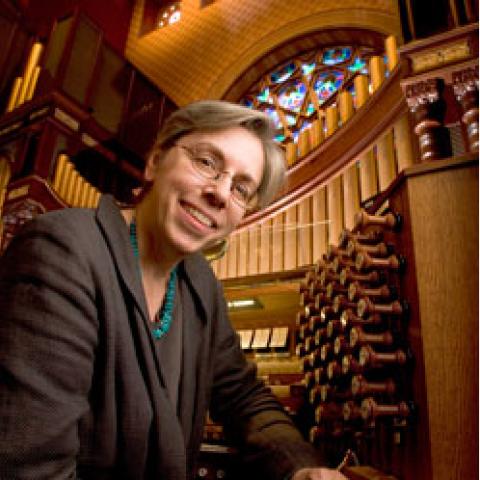
Brilliant Classics announces a new release, The American Symphonic Organ, featuring Jean-Baptiste Robin playing the E.M. Skinner organ, Opus 660 and 726, at the Cincinnati Museum Center.
The disc includes transcriptions by Robin, of works by Debussy, Albéniz, Bartók, Bizet, and others, along with Liszt’s Prelude and Fugue on B-A-C-H, and Robin’s composition Cercles Lointains.
For information: www.brilliantclassics.com.




